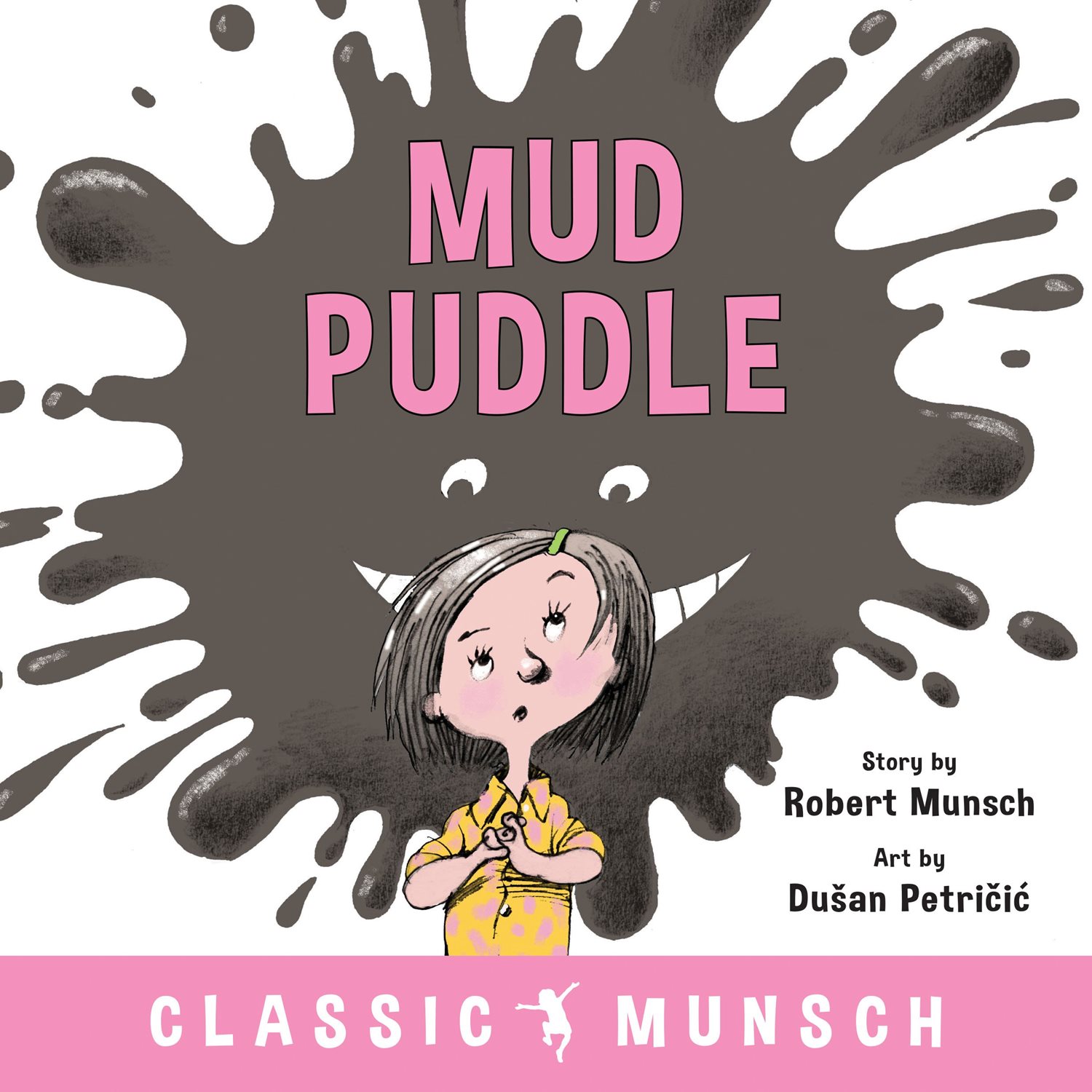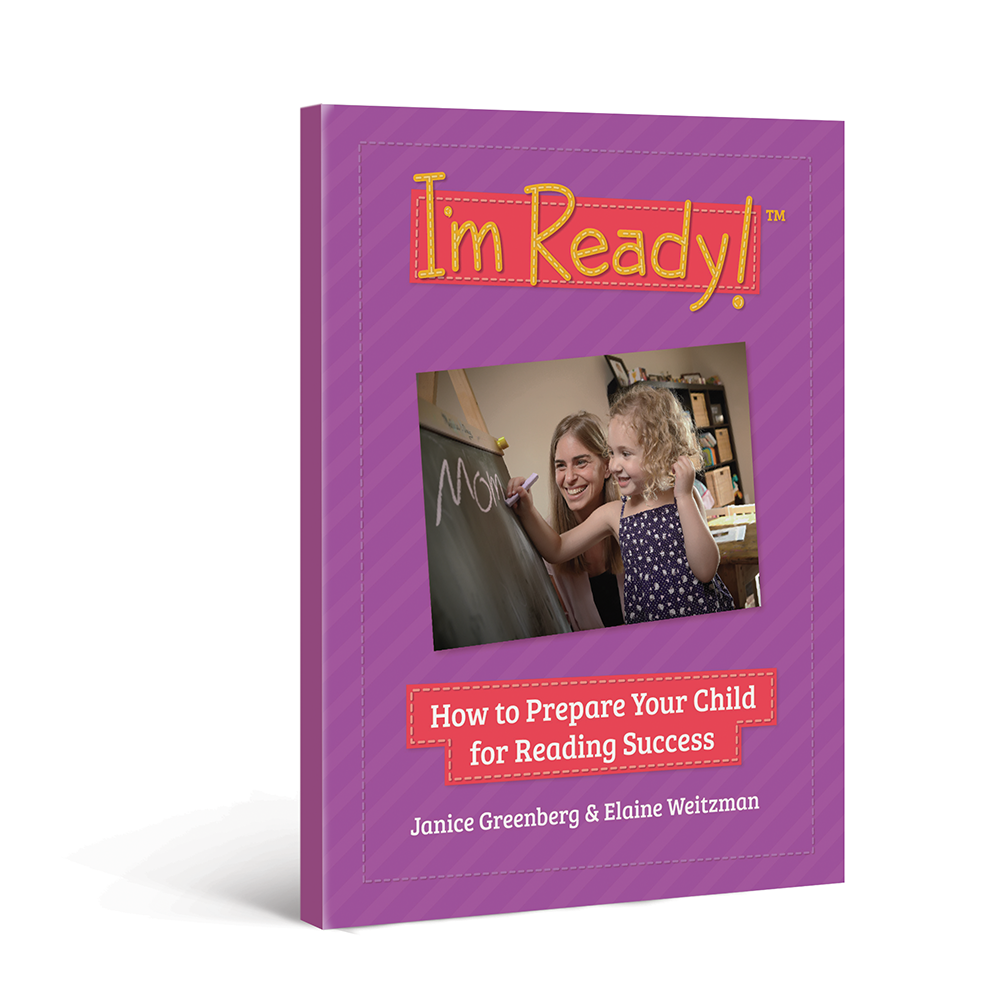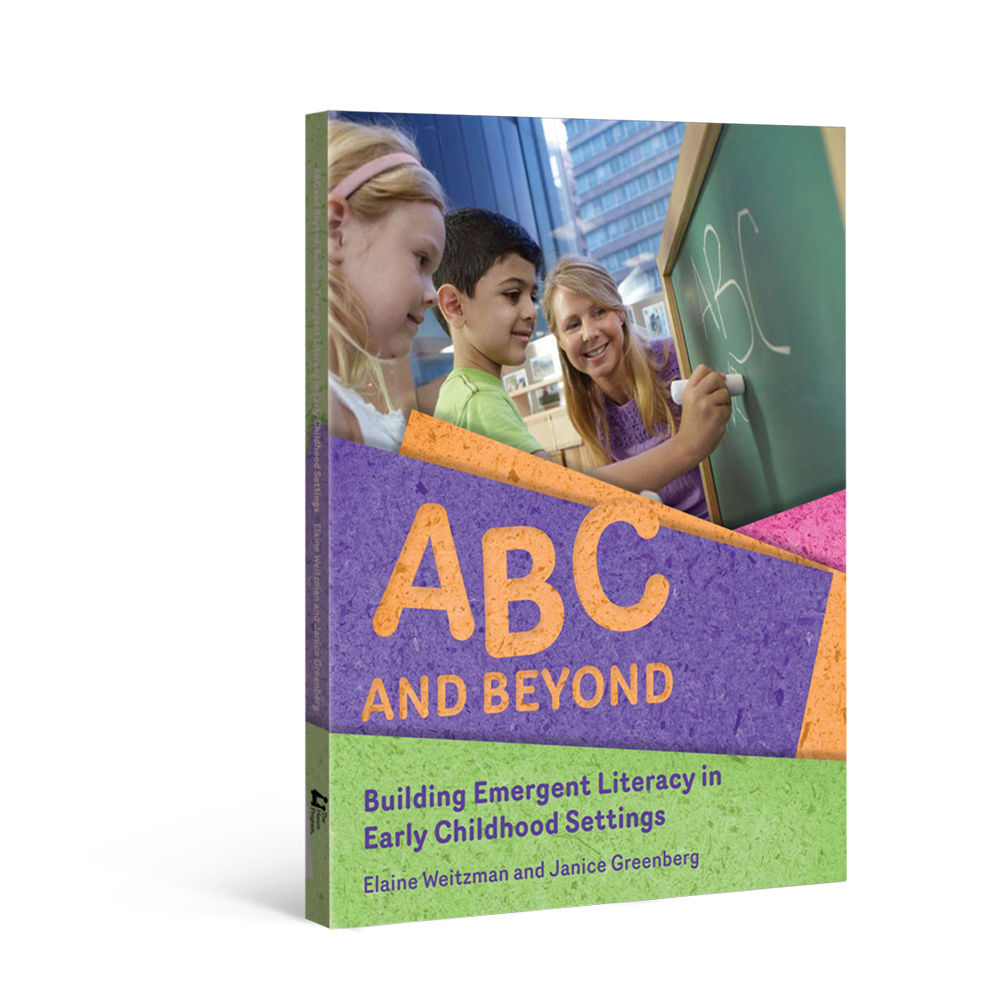This month's Book Nook topic is...
Stepping Up Vocabulary with Mud Puddle

The vocabulary that children are able to understand and use has a significant impact on the type of readers that they will become. As children enter school, they will encounter more sophisticated vocabulary. In this Book Nook, I’ll share some helpful tips for how to introduce children to new, more sophisticated vocabulary words and build children’s understanding of them.
Let’s get started!
The Book:
Mud Puddle by Robert Munsch
Why we picked it
Mud Puddle is a fun story about getting dirty! Every time the main character Jule Ann goes outside in her brand-new clothes, a mud puddle jumps on her and covers her in mud. The story is silly and relatable for preschool children and can be read with younger toddlers or older preschoolers.
Why introduce more sophisticated vocabulary?
Having a larger vocabulary makes it easier to understand what is being read. Vocabulary is also a tool for thinking and learning about the world and is directly linked to academic achievement.
“Step up” simpler vocabulary to make it more advanced
Books are a fantastic tool to introduce new, more sophisticated vocabulary to children because these words can be found directly in the text and illustrations.
At The Hanen Centre we talk about words being divided into categories that you can think of as steps:
Step 1 words: these are common words that we hear often in day-to-day conversation. Examples of Step 1 words in the book Mud Puddle are words like “mud”, “dirty” and “wash”. Step 1 words are important to highlight for children who are just beginning to use single words or those who are starting to combine two words together. You might emphasize these words by saying them loudly and slowly and show what words mean by pointing to the picture of “mud” as you say the word. This would be a great way to use Mud Puddle with young toddlers.
Older children who speak in sentences will benefit from hearing you use more advanced vocabulary.
Step 2 words: these are more sophisticated words that can replace Step 1 words. For example, “filthy” is a more sophisticated way to say “dirty”. Step 2 words are heard less frequently in conversation, making story time a great opportunity to introduce Step 2 vocabulary to your child.
With a simple book like Mud Puddle that contains mostly Step 1 vocabulary in the text, you can talk about the pictures to introduce Step 2 words. For example, on the page showing an illustration of a mud puddle jumping onto Jule Ann’s head, you could make a comment like, “Look, the mud puddle spattered all over Jule Ann!” Since there are several instances where the mud puddle lands on Jule Ann, you have many opportunities to repeat the Step 2 word, splattered.
Another way to introduce Step 2 vocabulary is to replace a Step 1 word in the text with a more advanced word. For example, instead of reading the word “jumped”, you could say, “leaped”; instead of reading the word “dirty”, you could say, “filthy”.
Helping children understand sophisticated vocabulary:
- Read Mud Puddle many times – this will give your child many opportunities to hear the Step 2 words that you introduce.
- Explain what words mean – after reading Mud Puddle a few times with your child, he will have a good sense of the plot of the story. This is when you can pause to explain what words mean. For example, “Leap” is when something or someone suddenly jumps out!”
- Use Step 2 vocabulary in daily conversations – help your child understand more advanced Step 2 words by using these words in day-to-day conversation. For example, “Your shirt is filthy after eating that spaghetti!”
By stepping up everyday vocabulary to make it more sophisticated, your child will understand (and eventually use!) the new words he hears.
Happy reading!
More Resources
The strategies in this Book Nook post are drawn from Hanen’s practical, research-based guidebooks for building emergent literacy. Explore the links below to learn more about how these guidebooks can support you.
For Parents I'm Ready! guidebook
I'm Ready! guidebook
For Educators ABC and Beyond guidebook
ABC and Beyond guidebook
